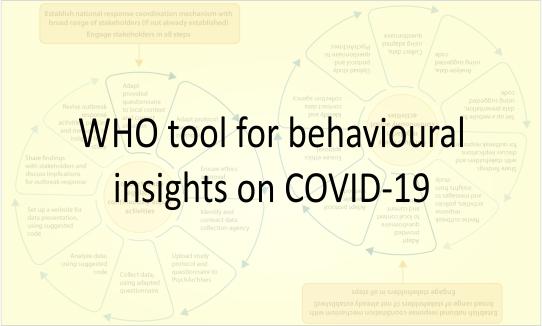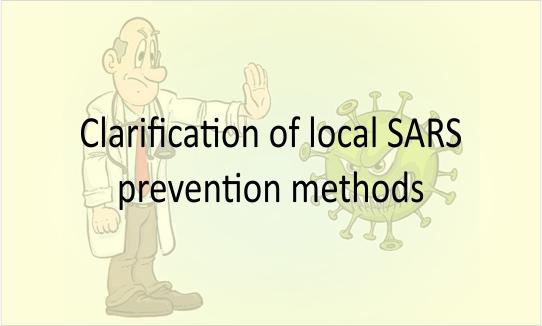Trump on the plan to get Americans back to work: "Careful, step by step"

The specifics of the implementation of the plan will be taken into account from state to state: the regions least affected by the outbreak will be the first to return to normal.
President Donald Trump on Thursday outlined the basic principles under which the US economy, severely affected by the coronavirus pandemic, can reopen, returning millions of jobs to the country. Trump unveiled the new plan Thursday night during a daily press briefing by the White House working group on coronavirus.

The President noted that the plan will be implemented taking into account the specifics and situation in each individual state. At the same time, the states should take a step-by-step approach to returning Americans to their jobs - if a favorable epidemiological situation develops.
Governors will be empowered to amend the implementation of the plan in their states, and will also have the right not to resume economic activity in the event of a high risk of transmission.
“We do not open everything at once, but carefully we do it step by step,” the president stressed.
According to the Associated Press, the White House plan calls for easing restrictions on economic activity in areas with low levels of coronavirus infection. In the hardest-hit states, the restrictions will be in effect for a longer time.
The plan makes it clear that getting back to normal will be a much longer process than Donald Trump himself originally envisioned, with the administration warning that some social distancing measures may remain in place until the end of 2020 to prevent a new COVID outbreak. -nineteen
In areas with a prosperous situation - subject to a decrease in the rate of infection and mass testing of the population - a three-stage gradual opening of enterprises and schools will begin. Each phase will last at least 14 days to ensure that the relaxation of measures does not increase transmission of the virus.
In the first step, for example, the plan recommends strict social distancing for all people. Mass gatherings of more than 10 people are not recommended, and trips that are not related to work and are not of an emergency are also not recommended.
In the second phase, it is proposed to maximize social distancing where possible, and to limit mass gatherings to no more than 50 people. Rides in the second phase may resume. The third stage provides for the majority of Americans to return to normal life, while the emphasis will be on the timely detection and isolation of all new cases of infection.
Read more
Where was the special travel regime introduced due to the pandemic?
A special regime of movement due to the pandemic was introduced in almost half of the Russian regions Authorities of 39 from 85 regions of Russia by Friday evening introduced a special mode of movement due to the spread of a new coronavirus infection. Some of them limited entry to certain settlements, some revised the conditions of movement throughout the territory of the entire subject, follows from the statements of the regional authorities and the regulatory legal acts signed by them. The self-isolation regime, mandatory or advisory, has been introduced in all regions of the Russian Federation. In most subjects, it applies to citizens of all ages, in some - only to certain groups, for example, persons over 65 years old. Cases of coronavirus infection have been identified in all regions of Russia. Since April 17, the quarantine regime began to operate in Pyatigorsk (Stavropol Territory), where 31 cases of coronavirus infection were recorded. Only emergency vehicles and life…
WHO tool for behavioural insights on COVID-19
WHO tool for behavioural insights on COVID-19 A WHO tool for rapid, flexible and cost-effective monitoring of public knowledge, risk perceptions, behaviours and trust is now available to countries in the WHO European Region to make their COVID-19-related response relevant and actionable. The outbreak is placing an overwhelming burden on health systems and authorities to respond with effective and appropriate interventions, policies and messages. One of the most critical elements of reducing virus transmission is public behaviour. For crisis response measures to affect public behaviours, they need to be perceived as consistent, competent, fair, objective, empathetic or sincere. They also need to be easily understood and communicated…
Recommendation for Prevention, Diagnosis and Treatment of New Infection
Clarification of local SARS prevention methods Temporary guidelines for the prevention, diagnosis and treatment of new coronavirus infection (COVID-19), published by the Ministry of Health of Russia, contain information on the possibility of using an isotonic solution of sodium chloride as a method for preventing infection with coronavirus infection. In connection with the appeals of the media, the Ministry of Health of Russia clarifies.When acute respiratory viral infections (ARVI) occur, as a rule, the mucous membrane of the nose and throat is…


